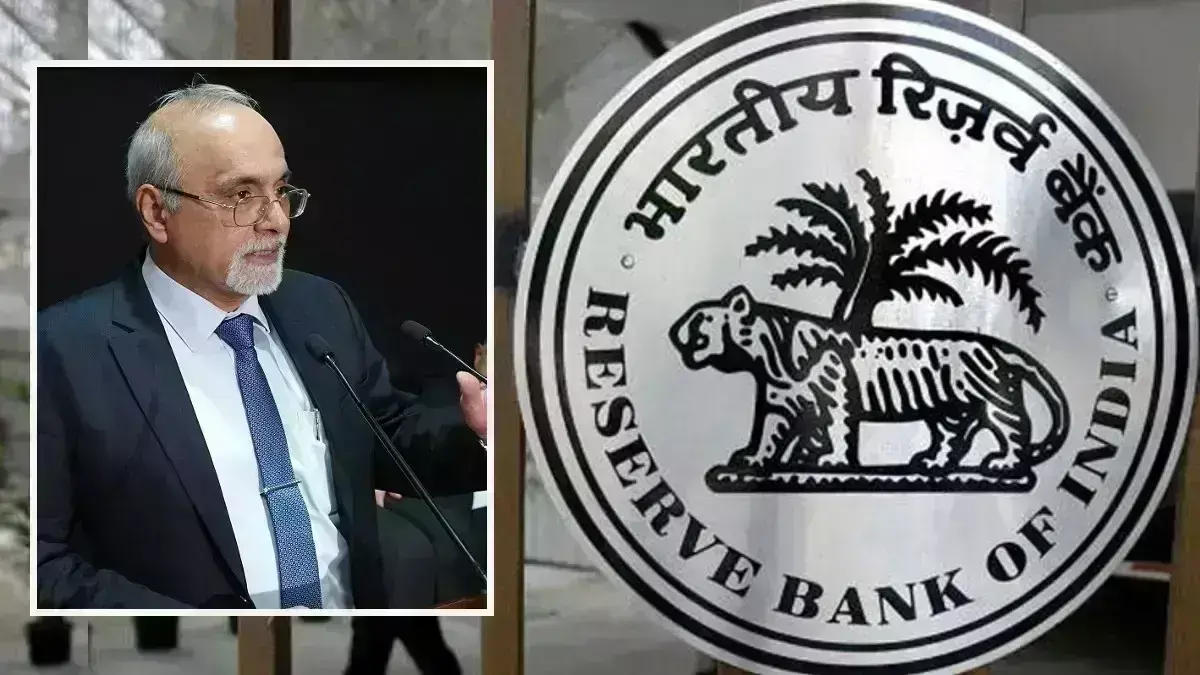“India’s NBFCs saw a notable 10% growth, the highest among NBFI categories, ” RBI Dy Gov Rao
image for illustrative purpose

Mumbai: RBI’s deputy governor M. Rajeshwar Rao, while speaking at the CII NBFC Summit 2024 held on Feb 9th, Mumbai, recalled that in his earlier speech at the CII NBFC Summit in 2021, he had dwelt upon the introduction of Scale Based Regulatory (SBR) approach in the NBFC Sector. He said, “SBR framework has since been rolled out for the NBFC sector and NBFCs have seamlessly transitioned to the revised regulations.”
The Scale-Based Regulatory (SBR) approach renders the regulation and supervision of the NBFCs to be a function of their size, activity and perceived riskiness.
The Dy Governor said that the Financial Stability Board's (FSB) recent report on Non-Bank Financial Intermediation (NBFI) revealed a 3% global decrease in the NBFI sector's size in 2022, the first decline since 2009.
However, entities engaged in lending activities, similar to India's Non-Banking Financial Companies (NBFCs), saw a notable 10% growth, marking the highest among the monitored NBFI economic categories.
He said India ranked third globally in Economic Function 2 (EF2) assessment assets, with lending entities playing a pivotal role in its financial sector. Usually finance companies, that provide short-term funding are commonly classified within EF2.
While many emerging markets experienced a decline in NBFI sector asset shares, India stood out with an increase. NBFCs accounted for 12.6% of India's GDP credit ratio as of March 2023, up from 13% a decade ago.
Notably, lending companies dominate India's NBFI sector, in contrast to global trends.
Regulatory reforms, such as the SBR framework implemented in October 2022, have strengthened the NBFC sector. Initial assessments suggest improved resilience, with indicators like lending growth, asset quality, and profitability showing positive trends.
The regulatory approach combines entity and activity-based regulations, ensuring flexibility and responsiveness to sector dynamics. Recent regulations, such as those governing Peer to Peer Lending Platforms and Microfinance, demonstrate tailored approaches to mitigate risks while facilitating growth.
Rao was refuting criticism aimed at the RBI, that finance companies were being regulated at par with banks. Remarking on the same he said that there were “significant differences that persist, including initial capital requirements, permitted activities, and funding sources. The non-acceptance of public deposits remains a crucial distinction, allowing NBFCs operational flexibility while minimizing systemic risks.”
He also warned that there are challenges for NBFCs that include concentration risks, underwriting standards, and technology-related vulnerabilities. However, the draft framework for Self-Regulatory Organizations aims to enhance compliance and governance standards within the sector.
Despite these perceived challenges, he was optimistic that NBFCs are positioned to contribute significantly to India's economic growth, supported by strengthened regulations and proactive risk management measures.

